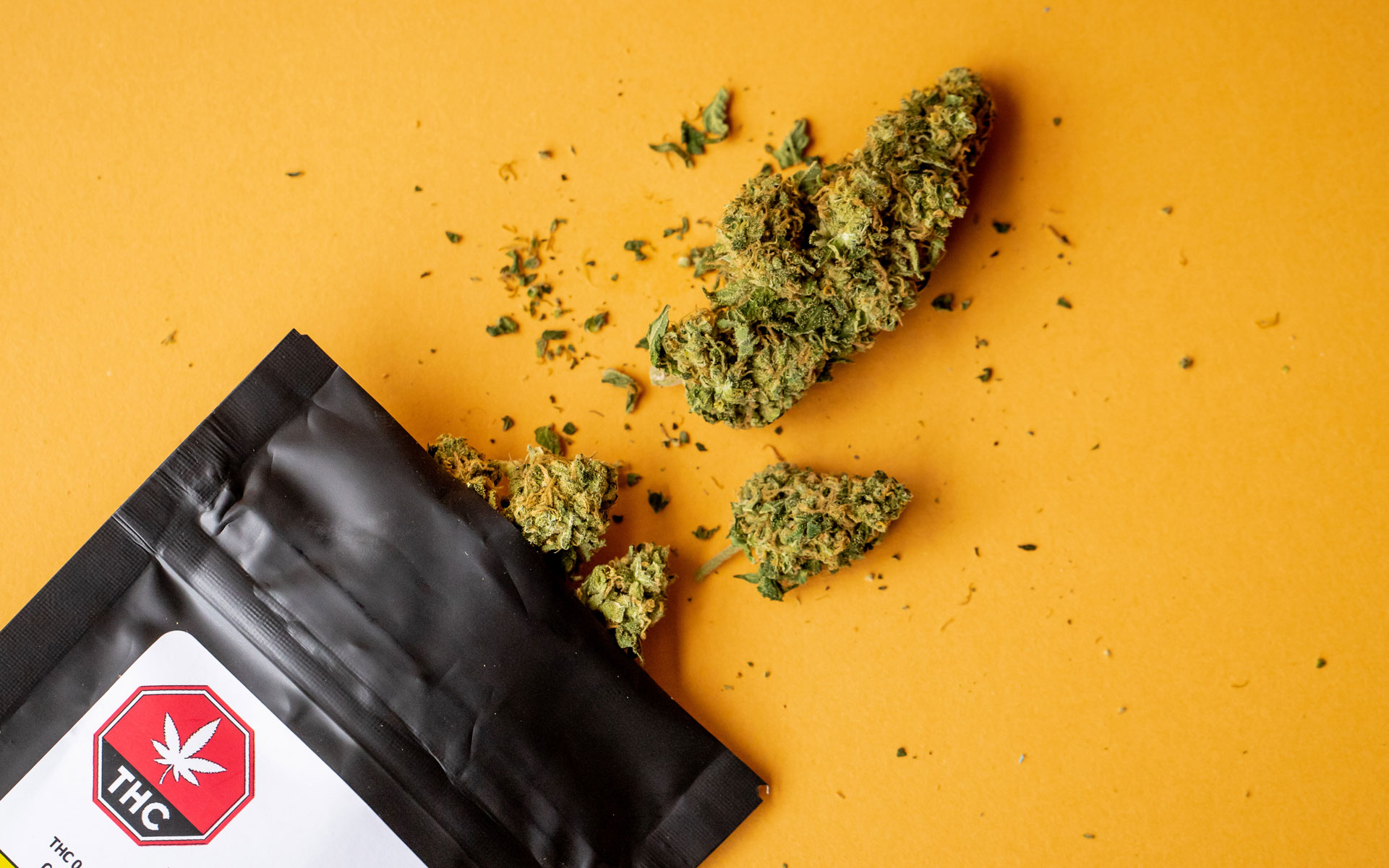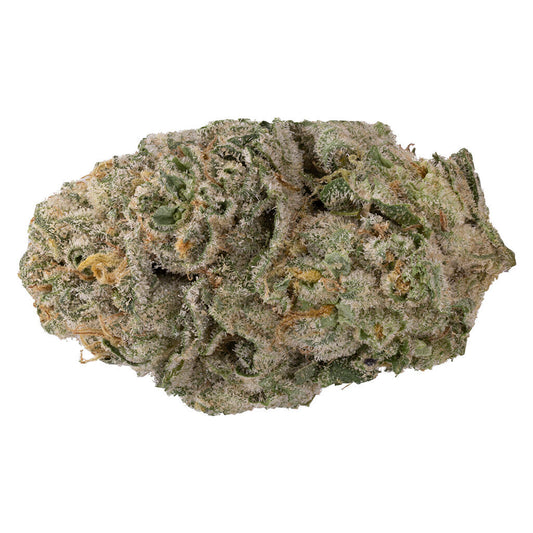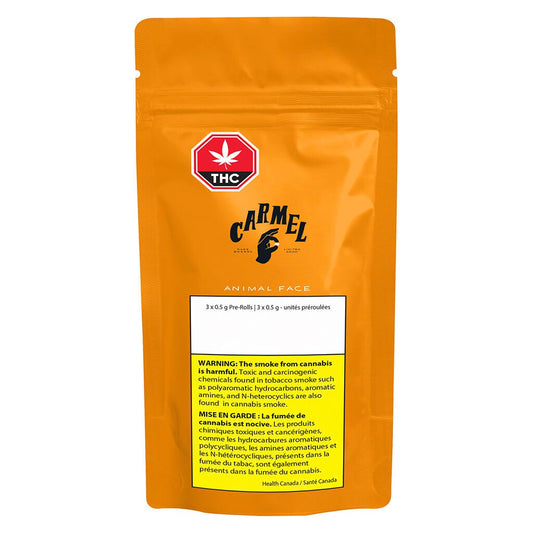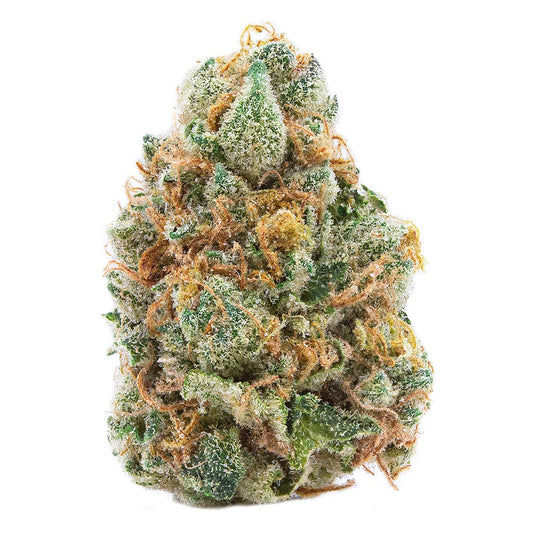With the legalization of recreational cannabis in Canada, consumers have become increasingly conscious about the Tetrahydrocannabinol (THC) content, a key indicator of potency, in the products they purchase. However, recent accusations have emerged, claiming that some cannabis producers and retailers are inflating the THC levels on their product labels. Let's explore the legitimacy and implications of these allegations in the Canadian cannabis market.
The Inflation Allegation:

In Canada, certain regulations specify an acceptable THC deviation limit of up to 15% from labeled THC values for marijuana extracts and topicals, and between 15%-25% for edibles, depending on their potency. However, a notable study by Rob O'Brien, the CEO and chief science officer of Supra Research and Development, a licensed cannabis testing laboratory in Kelowna, British Columbia, uncovered a concerning discrepancy. O'Brien's testing of 46 different cannabis flower products from 21 producers revealed that the actual THC values were significantly lower than what was claimed on the labels, with discrepancies ranging from 9% to 48%. This finding has ignited an industry-wide conversation regarding the accuracy of THC claims on cannabis products, bringing the issue of THC inflation to the forefront.
Consumer Implications:
The inflation of THC potency figures isn't merely an ethical concern; it's a consumer issue too. Many cannabis consumers, driven by the aim to get more value for their money, rely solely on THC percentages when making purchasing decisions. This 'THC shopping' phenomenon exacerbates the problem, as it incentivizes entities to boost the THC percentage on their products, irrespective of whether the quality is being enhanced or not.

The Lab Shopping Dilemma:
In the quest for higher THC figures, a concerning practice known as 'lab shopping' has emerged. Growers selectively approach labs known for providing higher THC numbers, thereby worsening the potency inflation issue. In the Forbes article “Potency Inflation Runs Rampant In Cannabis Industry Despite Measures To Combat It, SC Labs President and co-founder Josh Wurzer describes the gravity of this problem, stating that in some jurisdictions, “you have an oversupply of lab testing coupled with a depressed cannabis market which means a lot of the labs are struggling financially which only incentivises this type of activity.”
Wurzer also notes that regulators in these markets are not performing the types of monitoring and enforcement to ensure consistency and transparency in THC potency ratings. Wurzer believes that enforcement tactics such as secret shopping, following up on complaints of suspicious activity, or auditing unusually high published cannabinoid results, would identify labs who are giving artificially high numbers.
Regulatory Efforts and Challenges:
Despite measures to combat potency inflation, the issue persists. Standardized regulations and accurate, transparent cannabis testing are called for to address the problem. Some states in the US have set a margin of error for allowable THC and cannabinoid content variance on labels, but these measures have not eradicated the issue. The practice of inflating THC numbers seems to circumvent even the attempts at legislative control, as seen in California, where despite mandated standardized cannabinoid potency testing methods, critics argue that most labs already know how to work around these methodologies.
The Push Towards a Terpene-Centric Classification:
Industry experts argue that a shift towards a terpene-centric classification of cannabis products could alleviate the potency inflation issue. Terpenes, compounds responsible for the aroma and flavor in cannabis, could provide a more accurate indicator of a product's effects and benefits compared to THC percentages alone. This shift can potentially usher in a more honest, consumer-friendly era of cannabis labeling and purchasing. Check out our Terpene Guide for more information.

Conclusion:
The inflated THC potency phenomenon in Canadian cannabis underscores a pressing need for more transparent, accurate labeling and testing practices. As the industry matures, adopting a more consumer-centric approach, like terpene profiling, and stringent regulatory measures could pave the way for a more trustworthy and consumer-friendly cannabis market in Canada.


















